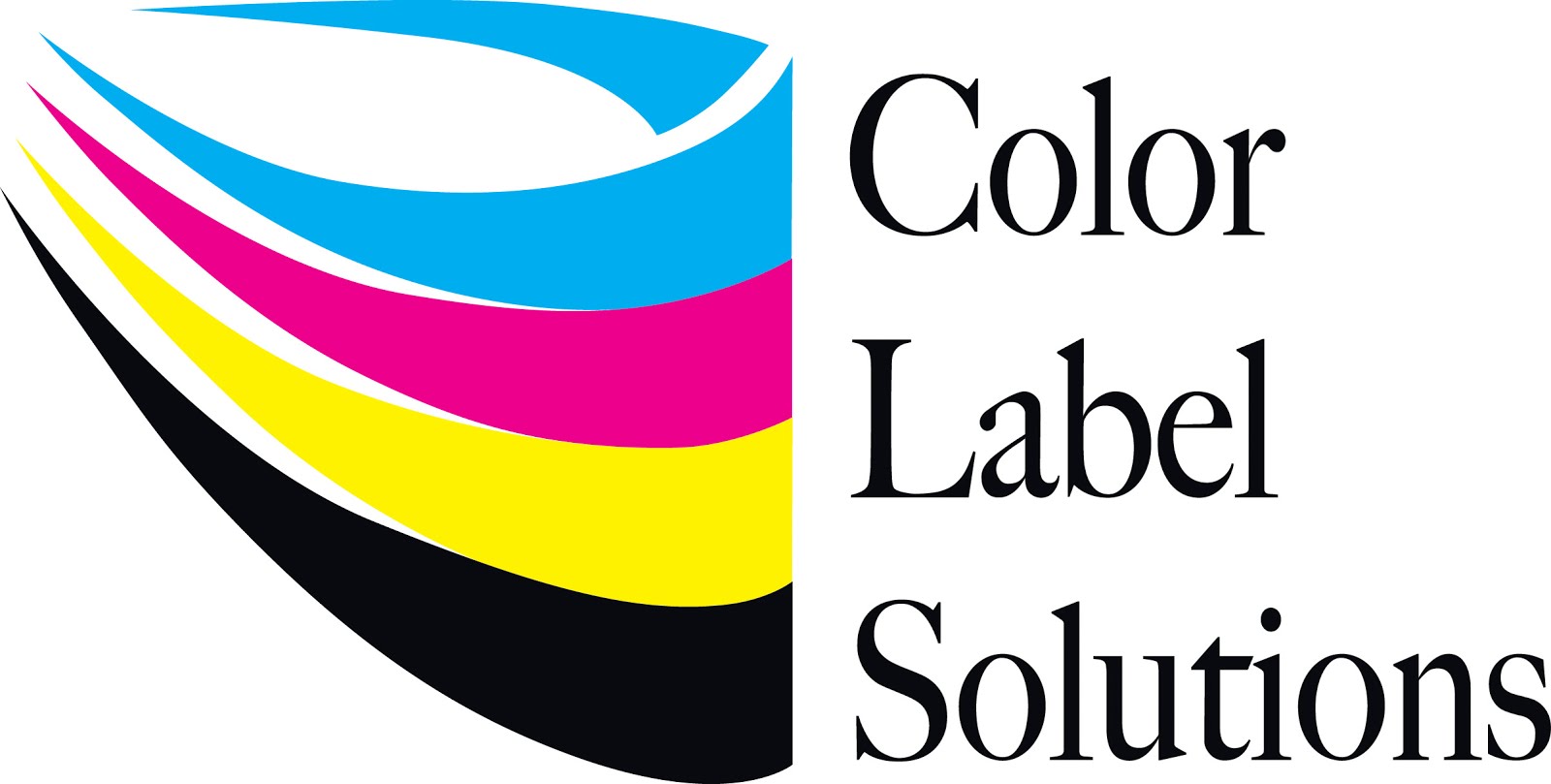My name is Hannah Gibson, a Sales Manager for Color Label Solutions,
based in the Seattle area. After working at a label convertor, I came to work at
Color Label Solutions to manage label sales. In my conversations with different
companies in different industries, I hear frequently “I don’t know anything
about label printing”. To me, this situation is great as our mission is to
support companies transition to On-Demand Color Label printing.
One question, that I get asked frequently when speaking to newer
or smaller companies is “Why should I use a label printer? I’d rather print from my office/home printer.”
When responding to this question, I provide several reasons why a label
printer is a much more efficient choice for any company.
 |
| Sheet Vs Roll Labels |
Let’s start with cost per label, which is a big factor for businesses.
I Googled the top selling printer of 2018, which I found was an HP
OfficeJet printer, according to Amazon.
 |
| HP: Highest Selling Consumer Printer |
For the HP OfficeJet printer, the yield is 165 pages/tri
color cartridge. The cost of a black and tri color cartridge is $42.89. $42.89
divided by 165 is $0.26/page. With 10 labels per sheet, the ink cost per label
is $0.026. Assuming the 165 page/cartridge yield was calculated at 15%
coverage, the cost per label would be $0.13/label when printing at 80% coverage;
5-fold more.
To learn more about how these ink yields are
calculated, read this previous post:
After calculating the ink, I calculated the cost per an actual label. For this comparison, I used a 4” x 2” Matte
Poly sheet label from Avery.
https://www.avery.com/products/labels/5523
and calculated a cost per actual label of $0.11. Therefore, the ink and
a 4 x 2” label combined would cost approximately $0.24.
 |
| C7500 Ink Cartridges |
When printing a 4 x2” label with approximately 80% ink coverage using
the Epson C7500G, I calculated the ink cost at $0.017/label. A 4” x 2” Matte poly Label we sell on a roll
is $0.042/label, with significant discounts in volume.
https://colorlabelsolutions.com/product/4-x-2-matte-poly-labels-3-core-c7500/
Overall, I calculated the cost for ink and material in a consumer
printer is at least 24 cents (assuming 80% coverage). At the same time, the cost for ink and labels
using an Epson label printer are less than 6 cents; a savings of 75%.
 |
| Sheet Labels |
In addition to ink and label costs, add the extra waste. Most companies
I talk to who are wanting to transition from sheet fed to labels on a
roll mention they experience lots of jams, and have a hard time getting the print
to line up on the labels, resulting in a lot of waste. And what if you wanted to print only 4 labels
at any one time? You could waste up to 6
labels.
Another important factor is a printer designed for labels will increase
your productivity. The simplest explanation of increase in productivity with a
label printer is speed; a label printer is generally faster than your office
printer. In addition, your employees will waste less time fixing jams or selecting
which labels on a sheet to print. When needing a few labels, you can print the
exact number rather than a full sheet of maybe 4-16 labels at time. Also, rolls of labels enable you to use a
label applicator or dispenser to automate more of the process.
Also, label printers give you flexibility in design and automation. With
a label printer, graphic designers will have flexibility to create a more
professional looking label, which is important for branding. Also, label
printers enable the use of label design software such as BarTender, which allow
for automating Variable Data printing.
Besides cost, waste, productivity and design, label printers offer a HUGE
difference in durability when compared to a consumer-oriented printer. By most
accounts, a typical consumer printer should last 1 to 3 years. But when adding
sheets of labels that are oozing adhesives, the printer typically wont hold up
very long. A label printer is built for manufacturing environments and will
last much longer with heavy use.
As the premier provider for Print on Demand systems, Color
Label Solutions can help you transition to printing high resolution, durable
labels with a low cost per label. Give us a call today to talk about your label
requirements.
 |
| C7500 With Rewind |
info@colorlabelsolutions.com
855-962-7670
Purchase a C7500 here:
https://colorlabelsolutions.com/product/c7500-inkjet-label-printer/






